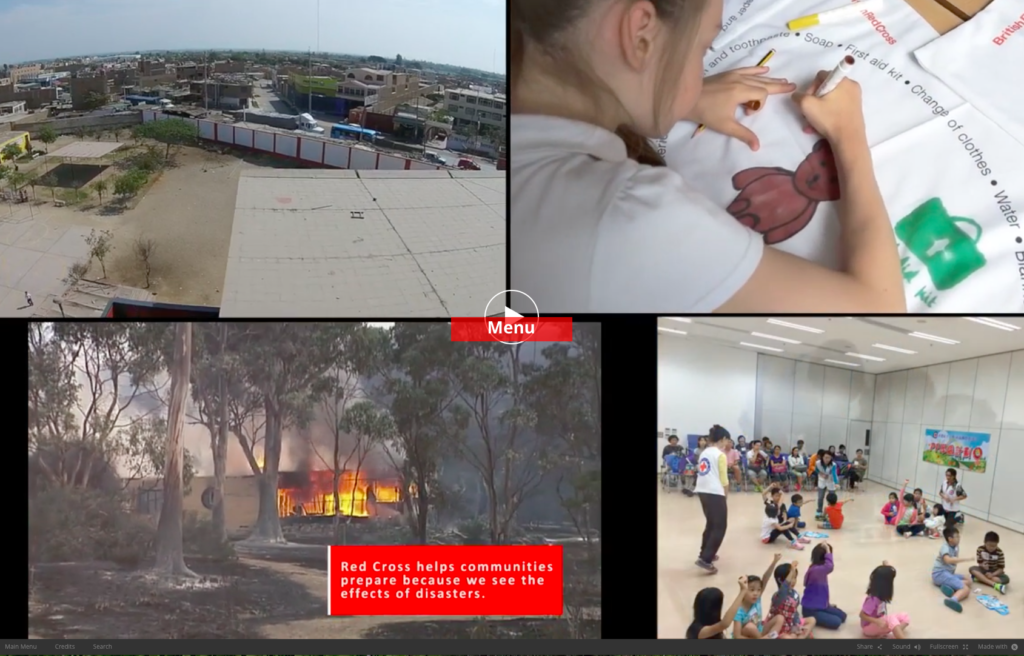global pillowcase project-idoc
Tag Archives: advocacy
Pillow Case Project International Pilot Peru: Video Case Study
In December 2014 we went to Peru for American Red Cross/ Global Disaster Preparedness Center as part of the evaluation team. Purpose was to develop a knowledge-rich video case study about the adaptation, implementation and results of the Pillow Case Project in Peru for use by other Red Cross chapters in Peru as they scale up, as well as by other countries considering the project. Six countries were part of the initial international pilot funded by Disney with more than double that number of participating countries anticipated for 2015. The Video Case Study is intended to be an evaluation and knowledge management product that informs design and implementation from country to country. The opportunity exists to develop additional videos from all the footage we captured and interviews we conducted, more targeted for advocacy and communications. Quimera has also constructed the initial installments for a video-based KM archive for the project based on the raw footage collected in the field.
The inclusion of a video drone as part of the equipment mix was a first for Quimera, very exciting. Aerial footage of the the earthquake and tsunami affected communities offered a very powerful perspective and helped to provide important visual context to the project.
One again Taylor Krauss was part of the Quimera team, and brilliant as always.
Click here to watch the full length Video Case Study.
NASTAD: HIV/AIDS and Women in the US
Quimera worked with NASTAD (National Association of State and Territorial AIDS Directors) to develop this video for National Women and Girls HIV/AIDS Awareness Day. Congresswomen Maxine Waters, Barbara Lee, and Donna Christensen discuss the impact of HIV/AIDS on women and girls in the US and the importance of addressing health disparities as part of the national strategy.

